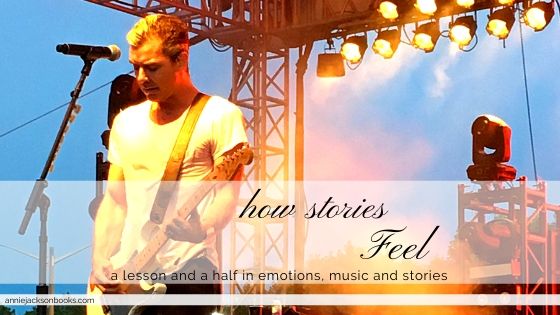I read two books back to back, about addicts and falling in love.
Spike: It’s called addiction, Angel. We all have them. I believe yours is named slutty the vampire slayer.
I read one on Saturday and one on Sunday. Both were contemporary romance and had cute moments, funny moments, sweet moments. One felt heavy in it’s seriousness and the other… didn’t.
That’s the one I really enjoyed.
Not because the first wasn’t a decent book or amusing or anything. The serious moments were good for the main character. They were the impetus for the character’s arc. But they felt heavy, and sad in an inescapable way.
And that’s the thing (well one of two things). Madeleine L’Engle said we don’t want to feel less when we’ve read a book. We want to feel more.**
I read that this was attributed to her but haven’t yet found the source to confirm it.
The first book didn’t leave me feeling less… but the second definitely left me feeling more.
Like even though there were very serious things happening to these characters, very serious consequences to their choices, they didn’t feel terrible.
And that’s what I liked about it. It wasn’t inauthentic in it’s grief or rage or fumbling into disaster. It wasn’t white-washing the whole thing and trying to make tragedy look softer and nicer. It looked tragedy straight in the eye and still made it a little bit beautiful.
Like music does. It pulls at all our torment and pain and anger and the melodies and the vocals weaving in and out of all that emotion make it a little bit beautiful.
Which makes the real life problems and frustrations and horribleness… bearable. A little bit.
That’s what art does. It doesn’t deny the existence of pain and grief and horrible things. But it gives those back to us in a new light, not always softer but…in a way that resonates in our hearts and makes us feel better about the whole horrible mess instead of feeling worse about it.
It doesn’t wallow in the pain – in acknowledging it, it heals the pain a little bit. Maybe just enough to get through one more day.
So that’s lesson the first from these books – that serious, even terrible things in stories don’t have to feel terrible. They can be told in our stories and still make the world feel a little brighter.
Lesson the second is (possibly) how. Because in the first book the big, heavy, serious thing was happening right now–in medias res. In the second one the tragedies were the backstory.
And the difference there is that maybe the first felt so much worse because we didn’t know how the story ended; what the characters did in the aftermath; how well they would survive and who would get hurt even worse along the way.
In the second, they were still dealing with the grief and pain and anger but we met them in the aftermath; when they had already survived (in some form); when we knew these things wouldn’t destroy them because… they hadn’t yet. And the story was about dealing with those things and searching for healing and trying to be better.
Maybe that’s not really any sort of lesson because you can’t always control if the terrible thing in a story is this story or if it’s the backstory. But if you’re trying not to make the story feel terrible, maybe it’s something to keep in mind.
